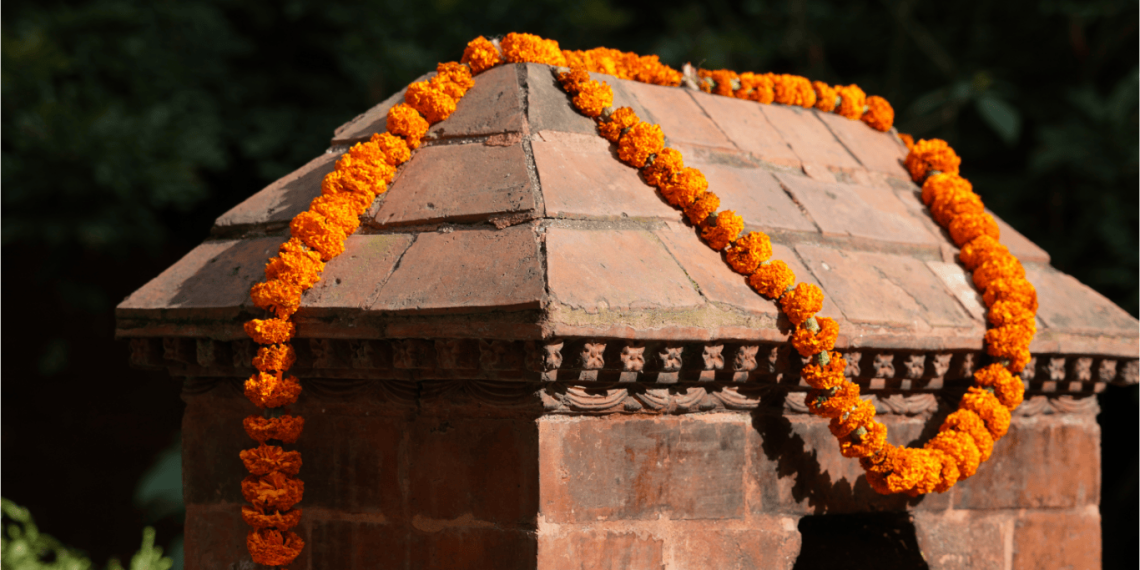If you happen to be in Nepal during October or November, you’re in luck — you’ll witness one of the country’s biggest and most spectacular festivals: Tihar. Also known as the Festival of Lights, it stands apart from other celebrations for one reason — each day honours not just gods and humans, but also animals.
The festival runs for five days, starting with Kaag Tihar and ending with Bhai Tika. Each day carries its own meaning and rituals. While there’s no definitive record of when the festival began, several legends attempt to explain its origin.
One of the most well-known stories tells of Yamuna, a girl whose brother had fallen gravely ill. Desperate, she prayed for his life. Yama, the god of death, appeared to claim his soul but agreed to attend a worship ceremony that Yamuna offered him. Moved by her devotion, Yama granted her a wish — she asked for her brother’s long life. This story of love and protection between siblings is believed to be the root of Tihar, also called Yamapanchak.
Another version presents Yama and Yamuna as siblings. Yama, constantly occupied with his duties as the god of death, had no time to visit his sister. Yamuna sent messages through a crow, a dog, and a cow, but he never appeared. Finally, on the fifth day, she visited him herself. She welcomed him with a five-coloured tika on his forehead. Since then, Tihar has been celebrated annually to honour the bond between brothers and sisters.
Day 1: Kaag (Crow) Tihar
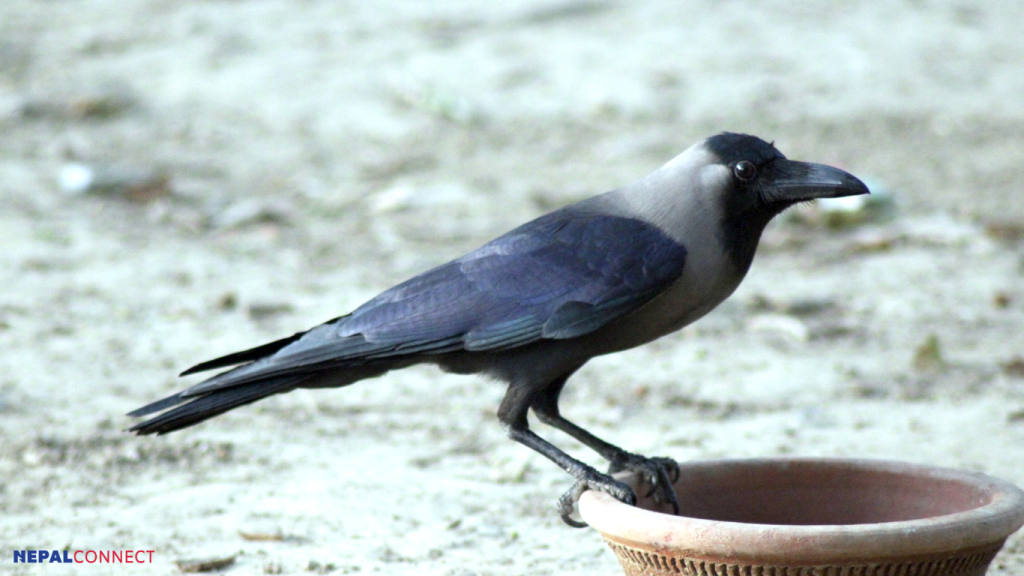
The first day is dedicated to crows, believed to be the messengers of death and representatives of ancestors. Food offerings — rice, grains, or sweets — are placed on rooftops and in courtyards. If a crow accepts the offering, it is seen as a sign of ancestral blessing. Feeding crows is more than a ritual—it’s a quiet negotiation with fate, a belief that acknowledging death can help protect life.
Day 2: Kukur (Dog) Tihar
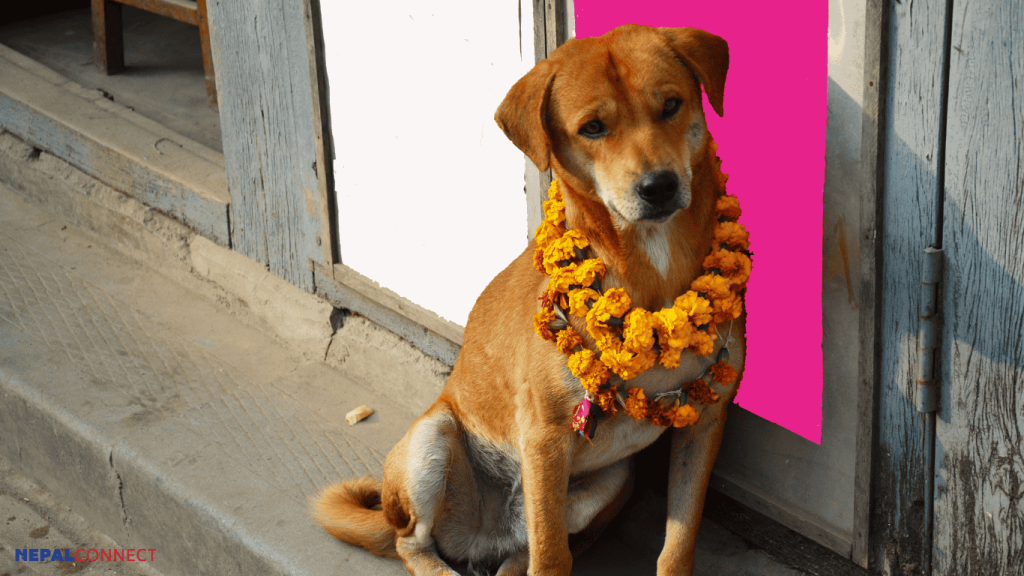
The second day honours dogs, considered gatekeepers of death and loyal companions of Yama. They are believed to guide souls to the afterlife. On this day, all dogs — pets, strays, even service dogs — are worshipped. They receive tika, marigold garlands, and plates of food, including meat. Beyond mythology, it is also a rare public declaration of gratitude toward an animal that protects humans daily.
Day 3: Gai Tihar and Laxmi Puja
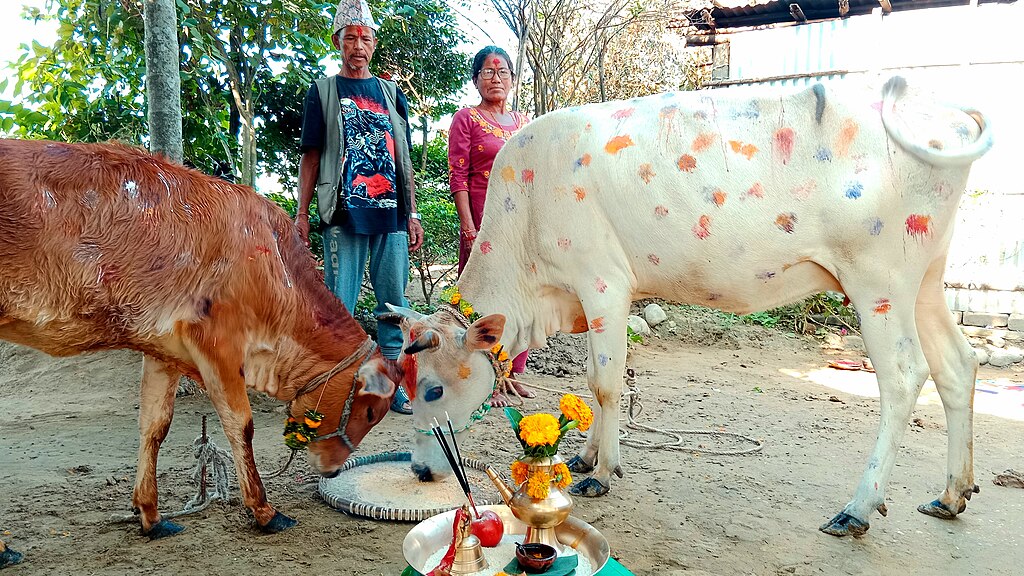
The third day has two major observances. Gai Tihar in the morning celebrates cows, revered as symbols of nourishment and prosperity. Cows are decorated and fed as thanks for their role in sustaining households.
At night, Laxmi Puja transforms homes across Nepal. Houses are cleaned, doorways are lined with lamps and candles, and pathways are lit to welcome the goddess of wealth. Light here is not just decoration — it signals readiness, purity, and gratitude.
Day 4: Govardhan Puja and Mha Puja
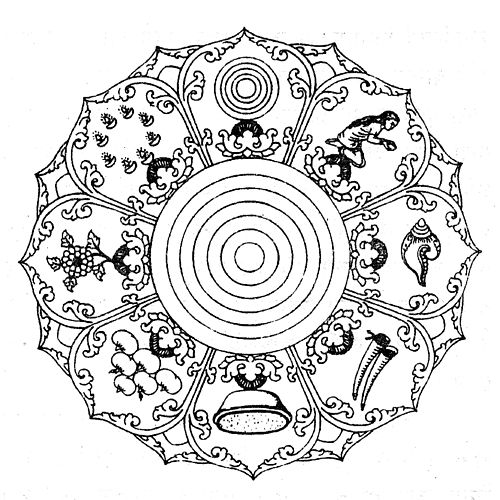
The fourth day varies across regions. In many parts, people celebrate Govardhan Puja, which honours land and livestock. The ritual is linked to a popular story: when villagers stopped worshipping Indra, the rain god, he flooded their land in anger. To protect them, Lord Krishna lifted Govardhan Hill, sheltering everyone beneath it. The puja commemorates gratitude over fear.
In Newa communities, the same day marks Mha Puja, the first day of the Nepal Sambat calendar. Unlike other rituals, this one focuses inward — it is a worship of the self, acknowledging the body and spirit as sacred.
Day 5: Bhai Tika
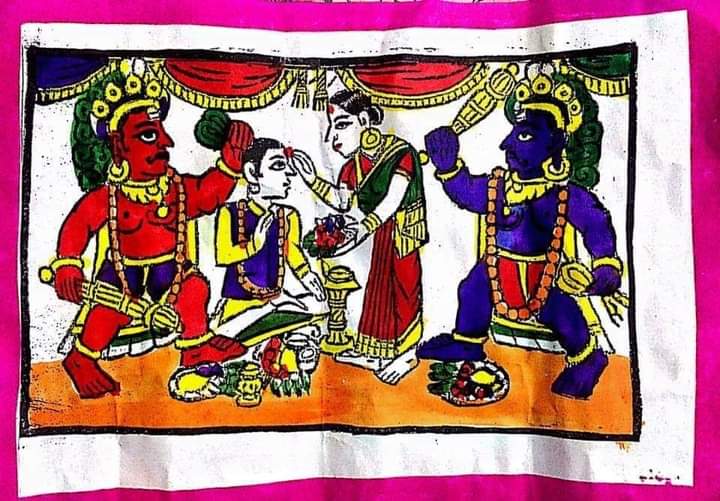
Tihar ends with Bhai Tika, perhaps the most anticipated day. ‘Bhai’ means ‘brother’ in Nepali. Sisters apply a seven-coloured tika to their brothers’ foreheads, place garlands around their necks, and serve them sel roti, anarsa, dry fruits, sweets, and spices. In return, brothers offer gifts. It is a ritual of mutual protection, not just sentiment.
Each day of Tihar teaches something essential — that life is held together by relationships, memory, nature, health, and gratitude. It is a festival that looks outward — to animals, gods, and the community — and inward, toward duty and love.
Pratikshya Bhatta is a junior editor with Nepal Connect.


